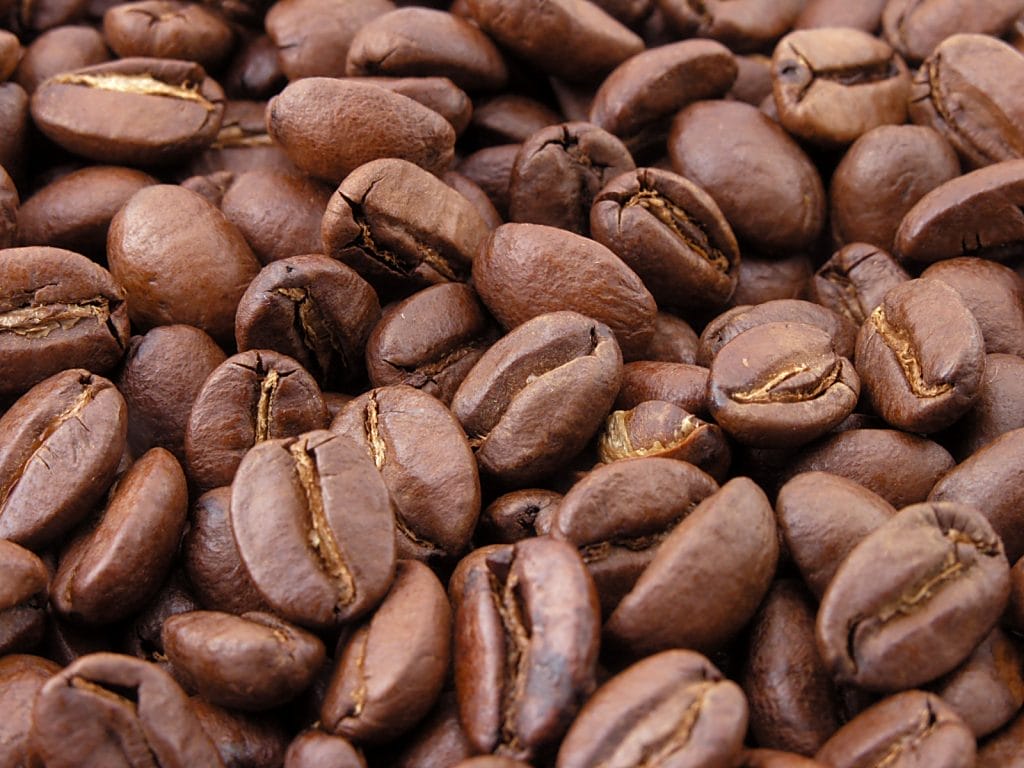At the beginning this may seem insurmountable, but there are small, incremental changes we can make in the kitchen and together those things make a big impact.
Rather than cutting out all of the products below reducing and adapting your diet is a good place to start.
We take a look at some of the foods with the highest carbon footprint and offer some tips on how to reduce your intake.
Beef
Cows farmed for beef require a lot of land and produce a lot of methane. Combined with the fact that beef production has tripled since the 1960s, beef is the most carbon-heavy food.
Rather than cutting out beef altogether, look at small swaps you can start with. Can you use half the amount of beef in a meal and replace it with mushrooms or lentils?
Or only eat meat at the weekend perhaps? Paul and Linda McCartney famously suggested meat-free Mondays, which seems a perfect place to start.
Cheese
Dairy is another carbon-heavy food, for many of the same reasons as beef – however dairy cows take up less room.
Options for dairy-free swaps have grown in recent years, and there are now an increasing number of vegan cheeses on the market. Violife is a good way to go if you’re looking in a supermarket, or ask the experts and enquire at your local cheesemonger or deli.
It might help to think about what cheese is adding to your meal – the creaminess, the fattiness, the tanginess. What swap can you make and still get that effect? For example, nutritional yeast can give a meal that nutty, parmesan-y, flavour.
Like the beef, it doesn’t have to be about cutting it out altogether, rather it’s about making small changes that make for consuming less cheese overall.
Chocolate
As worldwide demand for chocolate has risen, more rainforest clearing has taken place to make space for cacao trees.
Fear not though, there are ways to buy chocolate sustainably. Look out for the Rainforest Alliance Logo or, more importantly, do your own research into where the cacao comes from. Many producers are sourcing their cacao from sustainable farms.
Tony’s Chocolonely not only pride themselves on making sure producers are paid a fair wage they also invest in agricultural knowledge, ensuring that the farmers they work with can learn about environmentally friendly production.
Willie’s Cacao is produced from an heirloom variety of cacao which requires less fertiliser and pesticides.

By Luisovalles – Own work, CC BY 3.0
Coffee
Similarly to chocolate, increased coffee production has seen forests cleared to make way for coffee plants. Coffee requires a very hot, humid climate and so it’s rainforests that are typically felled.
One effect of this is a decline in bird habitats.
Bird Friendly Coffee is a certification that sees birds and habitats protected in the coffee growing industry. It was originally developed by the Smithsonian in the 1990s. A Bird Friendly growing habitat is one that is not only perfect for growing coffee, but also has biodiversity, foliage cover and tree height. No pesticides are used and the coffee is shade-grown.
In the UK you can buy coffee from brands like Bird & Wild, who work closely with the RSPB, Smithsonian Migratory Bird Centre and Fairtrade Foundation.

By MarkSweep – Own work, Public Domain
Making a choice
The main thing you can do when climate change feels overwhelming is make small choices that put you back in control. You have more power than you think and one key thing you can do is ‘vote with your money’. Spend your money wisely, and with brands that have clear and transparent information available about their production methods.
Shopping locally and seasonally is also a great way to reduce the carbon footprint of the food you buy.
The BBC have this great calculator on their website that tells you how your food choices impact the environment.
As well as knowing about the foods with the highest carbon footprint, knowing about the ones with the lowest can help you make sustainable choices too.
Some foods with the lowest carbon footprint include:
- Nuts
- Citrus fruit
- Apples
- Potatoes
- Bananas
- Grapes
Remember, the greatest power at your disposal is the choices you make.


